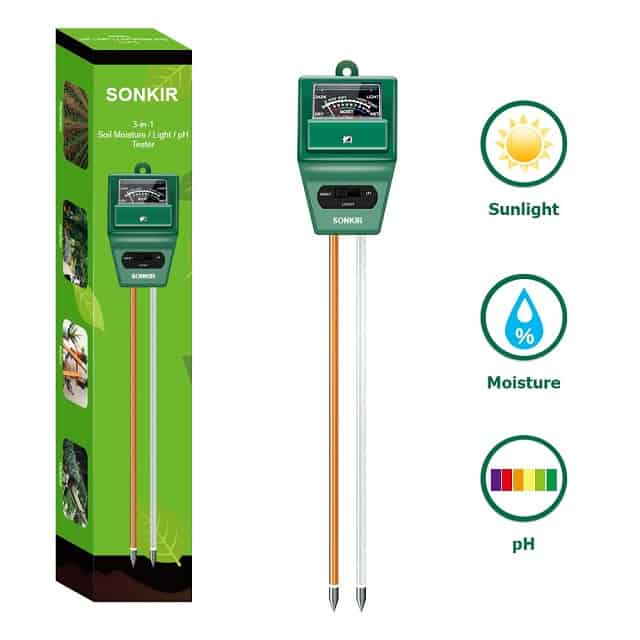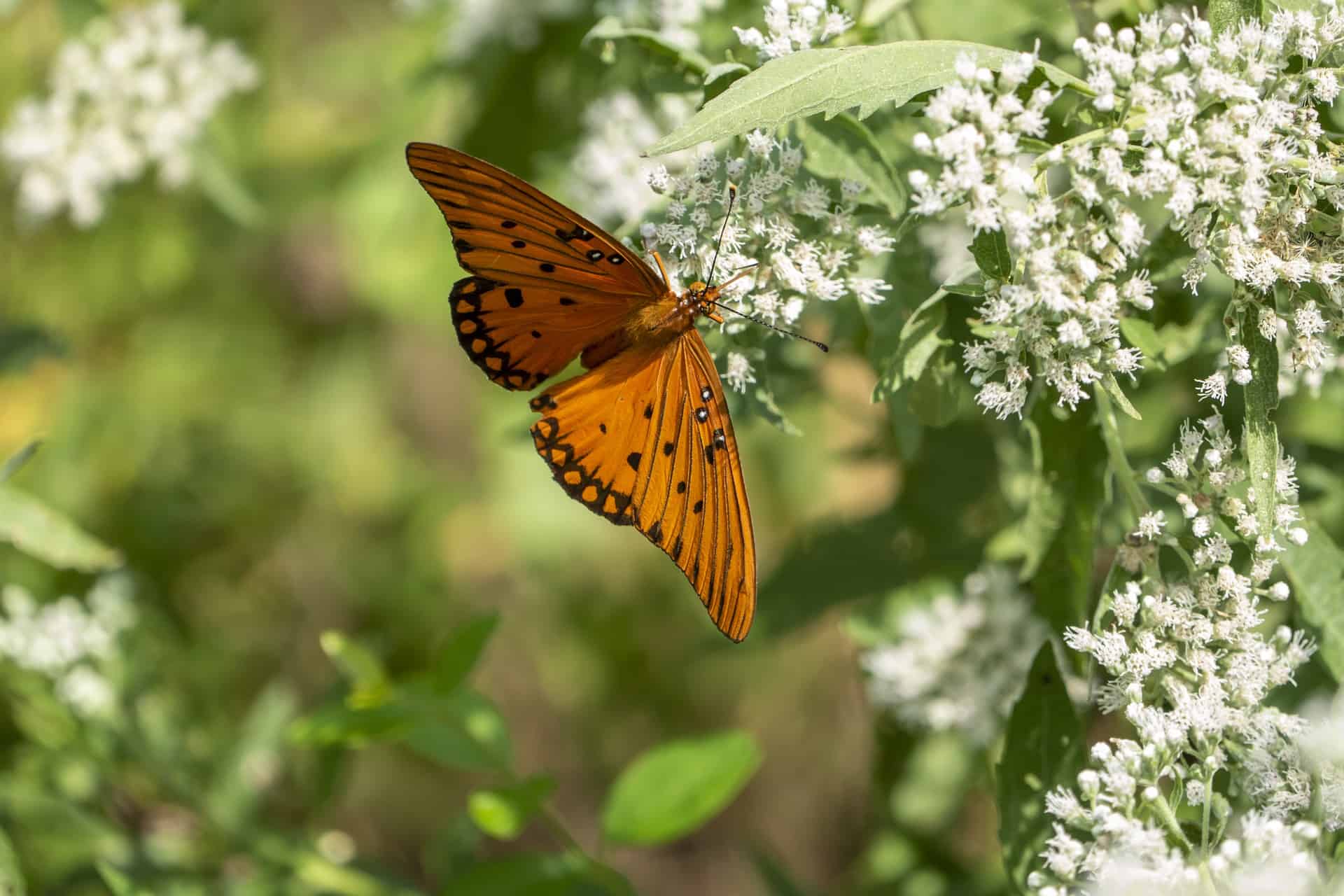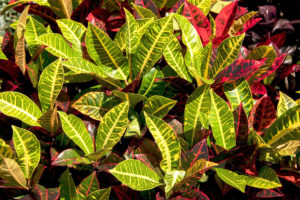Baby’s Breath is well known for being a mainstay in flower arrangements. But this easy-to-care-for plant also makes a great addition to a summer flower garden. And their low growing growth habit makes them a perfect flower to plant in borders or along walkways.
If you’re interested in learning about how to grow Baby’s Breath keep reading this Baby’s Breath growing guide for more information.
Best Baby’s Breath Varieties
| Image | Name | Rating | Shop |
|---|---|---|---|
 | Baby Blue Eyes Wildflower Flowers Blue Baby’s Breath | ||
 | Pink Baby’s Breath (Gypsophila rosea) | ||
 | Seed Needs, White Baby’s Breath |
Baby’s Breath Annual or Perennial
Baby’s Breath is a perennial flowering plant that can be grown in zones 3 to 9 USDA. They are very winter hardy and they will come back every spring with minimal care and maintenance.
Baby’s Breath Sun or Shade
Baby’s Breath needs to be planted in full sun, but they can also tolerate a little light shade in some cases.
Starting Baby’s Breath From Seed in a Flower Bed
The best way to grow Baby’s Breath in your garden is to directly broadcast the seeds after the last frost in your area. Spread the seeds evenly across the ground and then cover them with a 1/4-inch layer of soil, and then keep lightly watering the soil daily until the Baby’s Breath seeds start to germinate in 7 to 10 days.
Baby’s Breath Plant Spacing
After Baby’s Breath seeds germinate you can thin them down to an 18-inch plant spacing once they reach a height of 2 to 3-inches.
Baby’s Breath Soil Requirements

Baby’s Breath can grow in a wide range of soil types and conditions, but they prefer to grow in loose soil that’s slightly alkaline with a 7 to 8 pH. In areas with acidic soil, you can add lime or dolomite to your soil if you’re having trouble growing Baby’s Breath.
Baby’s Breath Water Requirements
Baby’s Breath is very drought tolerant, and it won’t tolerate soil with poor drainage. Once Baby’s Breath is established it will get more than enough water from natural rainfall unless you have a prolonged drought in your area.
Baby’s Breath Temperature Requirements
Baby’s Breath can tolerate a wide temperature range, and they will overwinter in some of the coldest areas.
Baby’s Breath Humidity Requirements
Baby’s Breath prefers to grow in a hot dry climate that maintains a 50% to 70% Relative Humidity.
Baby’s Breath Fertilizer Requirements
Baby’s Breath is a very light feeder and it can get leggy when fertilized too heavily, or if it is planted in very rich soil.
How To Grow Baby’s Breath in Containers
Baby’s Breath can be grown in containers but they have a floppy growth habit that can make them a little hard to maintain. When grown in a container Baby’s Breath needs to be planted in a loose potting soil mix with excellent drainage.
Baby’s Breath will need more water when planted in a pot or container to keep them from drying out and wilting. It’s also a good idea to add a slow-release fertilizer at least once during the growing season to ensure the plants have enough nutrients since they tend to be heavier feeders in containers.
Deadheading Baby’s Breath
Baby’s Breath does not need to be deadheaded since it will naturally keep blooming all season. However they can be encouraged to produce more blooms with some light pruning, and this will also open the plant up to more light and encourage branching.
Baby’s Breath Pests
Baby’s Breath is a very hardy perennial and it’s hardly bothered by insects. However, in some cases, they can fall prey to leafhoppers, which are small green/yellow bugs with black spots that feed on Baby’s Breath leaves.
Baby’s Breath Diseases
Baby’s Breath doesn’t suffer from many diseases but when they are overwatered or grown in humid areas they can suffer from Blight, Crown Rot, and Root Rot.





